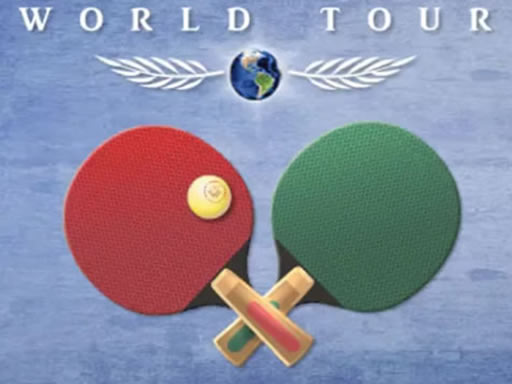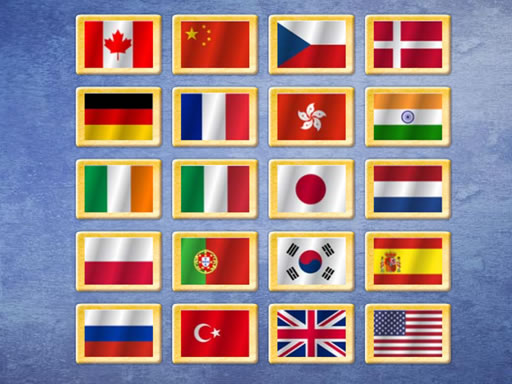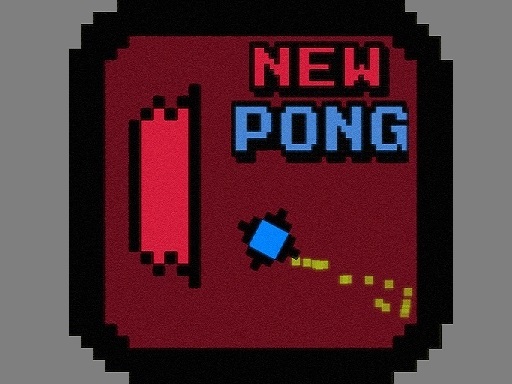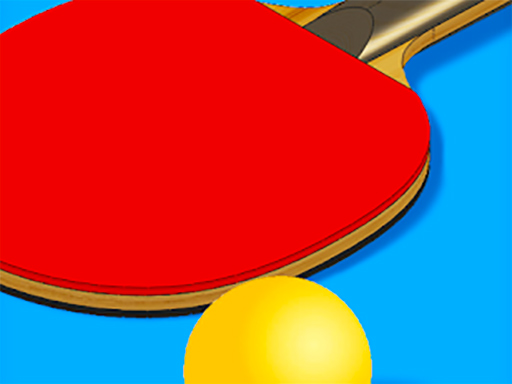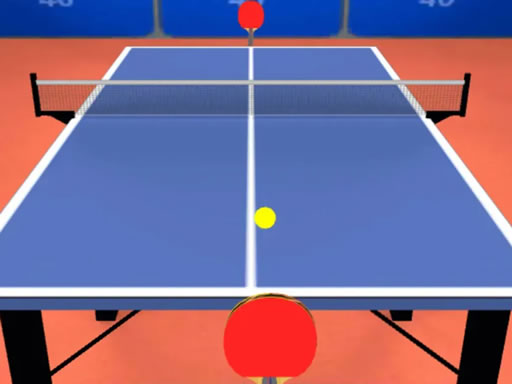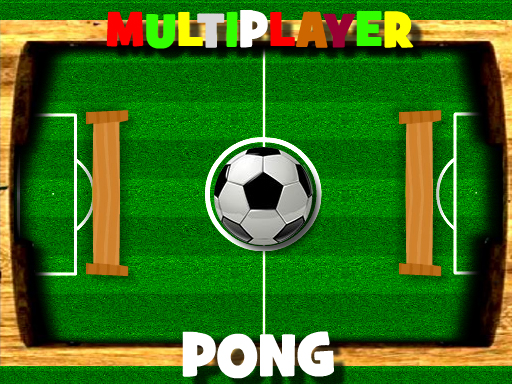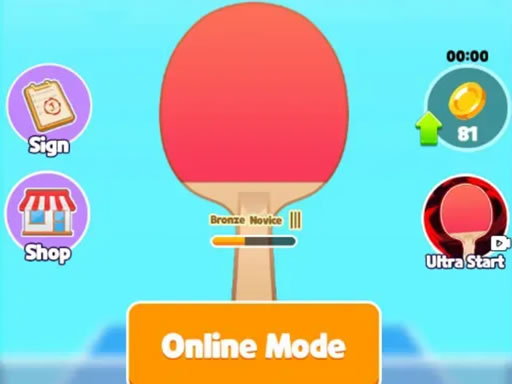Here are some of the important rules of table tennis, which can be roughly summarized into the following aspects (it's not strictly limited to exactly 10 rules, but these cover the key elements):
Table Dimensions: The table tennis table is 2.74 meters long, 1.525 meters wide, and 0.76 meters high. The upper surface of the table is called the playing surface, which should be flat and uniformly dark-colored, with a white line 2 cm wide along each edge. The center line on the table is 3 mm wide and is considered part of each half of the playing surface.
Equipment: Players use a lightweight racket covered with rubber on one or both sides and a small, lightweight ball with a diameter of 40 mm and a weight of about 2.7 grams.
Service:
The server stands behind the end line of their side of the table and tosses the ball vertically upwards without spin, at least 16 cm in height.
The ball must first touch the server's side of the table and then pass over or around the net and touch the receiver's side of the table. If the serve touches the net and then goes to the receiver's side, it is a "let" serve and is replayed.
In doubles, the serve must be made diagonally to the opponent's service court.
Rally: After a legal serve, the players take turns hitting the ball back and forth. The ball must be hit so that it passes over or around the net and touches the opponent's side of the table. A player cannot hit the ball twice in a row (except in the case of a double bounce on their own side, which is a fault).
Scoring: A point is scored when the opponent fails to make a valid return, such as hitting the ball out of bounds, into the net, or making an illegal serve. A game is usually played to 11 points, and a player or team must win by a margin of at least 2 points. If the score reaches 10-10 (deuce), play continues until one side gains a 2-point lead.
Order of Play in Doubles: In doubles, the partners on each side must alternate their turns to hit the ball during a rally. The serving and receiving order is also strictly defined according to the rules of the competition.
Change of Ends: In a game, players change ends after every 6 points (or when the score reaches 10-10, they change ends but the player who was serving continues to serve). In a match, players change ends at the end of each odd-numbered game (e.g., 1st, 3rd, 5th games in a best-of-five match).
Time Limits: There are time limits in some cases to prevent excessive delays in the game. For example, if a rally exceeds a certain time (usually 10 minutes in some competitions), a special rule may be applied to decide the outcome of the point.
Penalties: Players can be penalized for various violations, such as unsportsmanlike conduct (e.g., throwing the racket in anger, arguing with the umpire), illegal actions during the game (e.g., touching the net with the body or racket during play), or repeatedly delaying the game. Penalties can range from a warning to the loss of a point or even disqualification in severe cases.
Umpire's Decision: The umpire makes the final decision on all matters related to the rules during the game, including judging the legality of serves, deciding whether a ball is in or out, and enforcing penalties. Players are required to abide by the umpire's decisions.
These rules form the basis for fair and orderly table tennis competitions at all levels.
